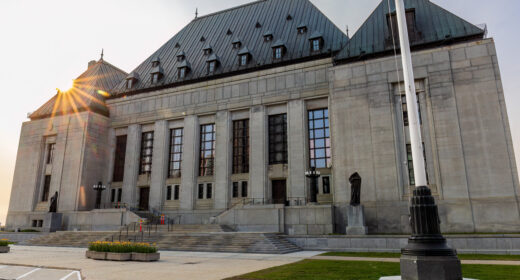June last year saw some significant changes to the Trade-marks Act with the passing of Bill C-31, the Budget Implementation Act. These are the first major updates to the Trade-marks Act in over sixty years. This post will discuss the changes to the process of applying for a trademark.
Various changes have been made to the application process. When petitioning a trademark under the current Act, the applications must indicate at least one “filing basis” for applying the registration of trademark. When applications include “intention to use in Canada”, then, after the allowance by the Office for registration, the applicant must file a Declaration of Use, stating that the mark has commenced “use” in Canada on all the goods/services specified in the application. In other words, “use” must be commenced before registering trademarks.
However, once the new Act comes into force, the applicant would no longer be required to state any “filing basis” in the application for registration of the trademark. In addition, the “use” requirement as stated above will no longer be required. Therefore, once the opposition period is expired, the application will become allowable and can be registered thereafter without having to submit a Declaration of Use.
Fortunately for applicants, even if the application was filed before the new Act comes into force, such application may benefit from the provision of the new Act.
For example:
- If the application was filed under the current Act, but is not advertised before the new Act comes into force, then, pursuant to transitional provision under section 69 of the new Act, the Applicant would not be required to file the declaration of use for registration; and
- If application was filed under the current Act and the application is advertised before the new Act comes into force, then, pursuant to transitional provision under paragraph 70(1)(b) of the new Act, the Applicant would not be required to submit the declaration of use for registration.
In addition, a transitional provision of the new Act (section 71) specifically states that “an applicant is not required to submit a declaration of use referred to in subsection 40(2), as that subsection read immediately before the day on which section 345 of the Economic Action Plan 2014 Act, No. 1 comes into force, in order for the Registrar to register the trademark and issue a certificate of registration.”
Since the new Act is anticipated to come into force in the predictable near future, it provides an unique opportunity for applicants to file applications either before or after this date, depending on their circumstances.



